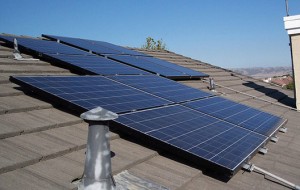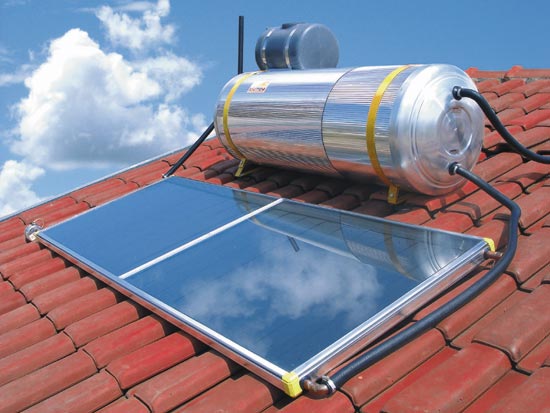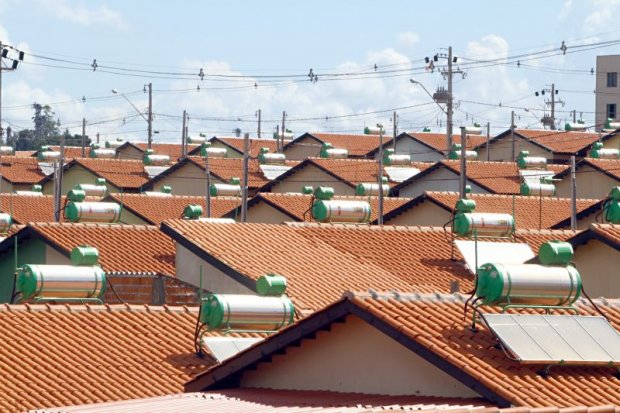The photovoltaic solar energy in Colombia began with the Rural Telecommunications Program and the National University technical assistance, in the early 80s.
In this program, 60 W small photovoltaic generators for rural radio telephones were installed.
In 1983 it had installed 2.950 systems. Then, the power was increased to 3-4 kW systems for earth satellite dishes.
Many companies began installing systems for telecommunications services and solar systems are currently used in microwave relay, buoys, remote stations and military bases.
These systems are now essential for country’s telecommunications.
Between 1985 and 1994 48.499 solar modules equivalent to about 2 MW power were imported. Of these, 21.238 modules with 844 kW output were used for telecommunications projects and 20.829 modules with 954 kW output for rural electrification.
On a 248 sample of these systems, 56% worked without problems, 36% worked with some problems and 8% were out of service.
Problems were found in the lack of a minimum maintenance, supply of replacement parts and undersized systems. Rather than being a technical problem, the problem is service quality and customer service. These shortcomings persist today.

In electrification programs, the standard isolated system has consisted in a 50-70 W module, a 60 to 120 Ah battery and a charge controller. These small systems provide power for lighting, radio and TV, covering the basic needs of rural population.
The current cost of this system is around U$D 1200-1500, mainly affected by the high costs of installation in remote areas.
According to the IPSE (Institute for the Promotion of Energy Solutions) there are currently more than 15.000 systems installed for these applications.
Something like what happened with solar termal case happened with solar photovoltaics in Colombia. The market had its boom in the late 80s with the mentioned rural telecommunications program.
Then in the 90s public order difficulties slowed their development, whose growth is estimated at 300 kW / year (the current installed capacity would be around 9 MW).
Photovoltaic electricity generation has huge prospects, considering that about 1 million families lack electricity service in Colombia rural areas.
Colombians achievements are very modest and current development does not match its potential. Valuable time has lost.

The most representative projects are:
* Solar-diesel hybrid system. Titumate – Unguia – Choco. Launched in June 2008
* Solar PV system of 125 kW with 2 axes 10 followers, 8 of which are located in the Upper Guajira and 2 in Isla Fuerte. Launched in September 2009
* Solar-wind hybrid system. Nazareth, La Guajira department. Launched in June 2008
* Solar PV systems for 451 homes in rural area without electricity. San José del Guaviare. Launched in November 2009
One of the most important facilities is projected in Providence, which consist in the construction, operation and maintenance of 60 MW solar photovoltaic plant and associated facilities.
The plant will be located near the international airport in Zacatecoluca, La Paz and is expected to generate 159.000 MW / year to be sold to 7 companies, which distribute electricity to final consumers.


















